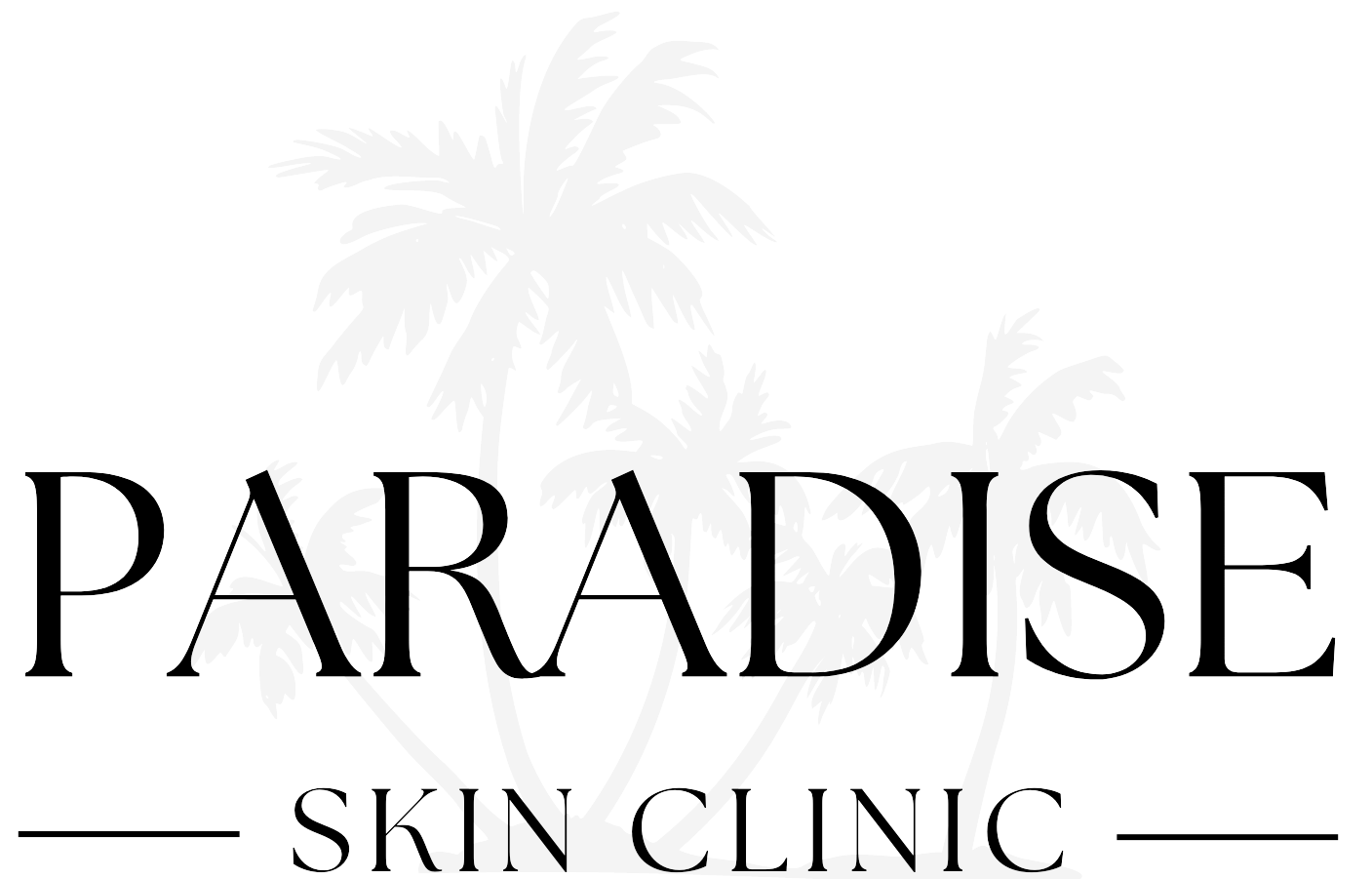Platelet rich plasma (PRP) Information
What is PRP (PRP = Platelet Rich Plasma)
PRP is an extract of your own blood that contains a high concentration of platelets, growth factors, and bio-active proteins essential for tissue regeneration and healing. It has been used by doctors for many years to accelerate surgical healing; repair tendon, ligament and joint damage; heal skin wounds; and help regrow muscle and bone. The same physiological process that aids healing in other areas of the body occurs when PRP is used to improve skin health.
Why use PRP for skin rejuvenation
When PRP is injected into the skin it initiates a local stem cell response. In the weeks and months following treatment these stem cells help to stimulate collagen, elastin and blood vessels to repair and regenerate damaged skin.
When to expect to see results
The PRP will be working under the skin to make new cells and improve the subsurface layers of the skin. This is not an immediate process and the more pronounced effects can be seen 6 weeks after the procedure.
PRP Benefits
The potential benefits of PRP have led to widespread interest in its use for anti-aging and aesthetic purposes. Published scientific research in PRP has stated that it can:
- Improve the overall health, tone and elasticity of the skin
- Reduce shallow wrinkles and lines
- Minimise appearance of scars
- Minimise the visible signs of aged and sun damaged skin
- Promote more even skin tone and texture
How does PRP improve skin health?
When PRP is injected into the skin, the platelets release growth factors, which instruct other cells on what work has to be done. Therapies such as PRP, that stimulate new cell growth and collagen, can counteract the signs of ageing as shown in studies.
Where can PRP be used?
The regeneration properties of PRP can be used as a cosmetic treatment for the following:
- Any skin area requiring rejuvenation
- Fine lines, wrinkles and other facial creases
- Acne scarring and other superficial scars
- Sun damaged areas and pigmentation
- Stretch marks – abdomen, thighs, buttocks
- For aging skin on the neck and décolletage to improve tone and texture
PRP For
hair restoration
Why use PRP for hair restoration?
When PRP is injected into the scalp, the platelets release growth factors, which instruct other cells on what work has to be done. These growth factors have a fundamental role in hair health, acting as biologic switches that can manipulate hair growth.
How is PRP therapy done?
A small volume of patient’s blood is collected in the same way as a standard blood test. Using a special separating device called a centrifuge, the platelets are separated from the whole blood and are collected in a concentrated sample known as PRP. The PRP is injected into the superficial scalp using a very fine and short needle after anesthetic gel has been applied.
What have the clinical studies shown?
There have been over 800 research studies to assess if PRP is effective for male and female pattern hair loss (androgenic alopecia) and some autoimmune hair loss disorders. The studies have demonstrated that hair density, hair thickness, hair-pull test, level of scalp inflammation and oil secretion were significantly improved for both males and females at 6-9 months after PRP treatment.
Is Hair Restoration PRP suitable for you?
Every patient has a unique clinical presentation and a qualified medical or skin practitioner will assess individual hair health needs during the consultation.
Is PRP safe?
The procedure is provided under stringent guidelines to provide a medical procedure with minimal risk of complications. There is also little chance of a reaction because the material being injected back in to the patient is from their own blood. To meet TGA guidelines, a doctor has to be involved in, or professionally supervise the PRP procedure.
PRP for osteoarthritic joints
Osteoarthritis of the knee is a common condition as a person ages, especially in individuals with previous knee injuries. Affecting over 1.5 million Australians, the disease ranges in severity from early disease causing only occasional pain and soreness, to severe disease, with persistent joint pain and stiffness – which can have a significant effect on a patient’s quality of life and physical activities.
Treatment of knee osteoarthritis (OA) symptoms is complex and current recommendations for mild to moderate OA include weight reduction, lifestyle changes, medications, physiotherapy, bracing and muscle strengthening programs.
For patients who continue to have pain despite these early treatment options, intra-articular Platelet-Rich Plasma (PRP) injections may be recommended to relieve pain and/or to delay knee replacement surgery.
Platelet Rich Plasma (PRP) is a relatively new treatment for knee OA symptoms that has been proven to reduce pain and improve function of osteoarthritic joints. Significant research in the use of PRP for mild to moderate knee osteoarthritis has indicated that PRP is superior to other knee injection options such as hyaluronic acid (eg: Synvisc) and corticosteroids. PRP is usually recommended to help manage OA symptoms, and slow progression to more advanced OA.
Success Rate
Published studies have demonstrated 85% or more of patients who receive knee joint PRP gained a 50-80% reduction in their symptoms for 6-12 months. Some patients notice improvements for up to 18 months. Annual repetition of the PRP treatment can prolong this benefit. The PRP injection is not a “quick fix” and it usually takes up to 6 weeks for noticeable improvement.
PRP is not appropriate for all painful joints, and patient suitability for PRP needs to be assessed by the treating doctor. Patients with symptomatic early to moderate OA will usually require two injections, spaced four weeks apart. More advanced OA will usually need three injections. It is important that patients understand that PR is not a 100% guaranteed solution to resolve all osteoarthritis symptoms.
PRP achieves best outcomes when used in combination with weight loss, structured exercise and healthy lifestyle.





